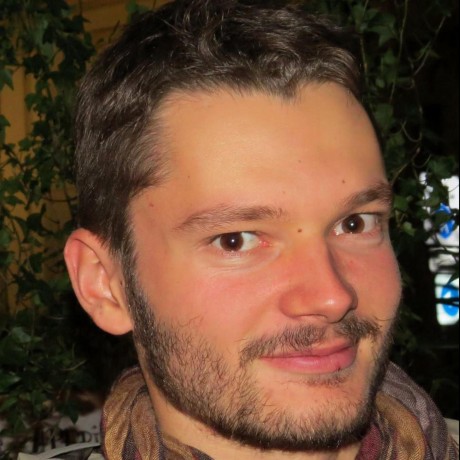Ecology at the Interface in Rome
Last week I was at the European Ecological Federation conference in Rome, I presented the results of one experiment that we ran last year (THE one big experiment of my PhD). You can find the slides here.
All in all it was a week with ups and downs, some session were highly interesting and generated intense discussion while others were just no-question-next-talk session. Below is a summary of the stuff that got stuck in my head over the week.
Day 1: I arrived pretty late at the conference so could only listen to a few talk in the evening session, Caroline Müller gave a nice talk on the combined effect of drought and plant chemotypes on insect herbivores (caterpillar). An intriguing results was that plants under shoot herbivory had higher concentration of defensive molecules in the roots than plants with no herbivory. The reason why this happen is left to speculation.
Day 2: The day started at 8.30am sharp by two plenary lectures, the second one given by Prof. Musso (a colleague from the TUM!) explored the ecology of architecture and how to develop new materials and home to ensure sustainable town. Particularly on how to develop incentives to promote low-consuming lifestyles in cities and countries with democracy. I then went to a symposium on scale non-linearity of drivers of environmental changes. There Stefano Larsen gave a nice talk on temporal community shifts of stream invertebrates. His results show that local decline in species richness were due to specialist species extinction that were then not able to re-colonize the area from the regional species pool. In the afternoon I went to the Biodiversity and Ecosystem session which self-organized itself with no chair, leaving a pleading Martin Winter at the end of the session asking: “Somebody should close the session”!
Day 3: Again an early start at 8.30 (not so sharp this time), I went first to the tropical ecology session which started by two great talk from Hannah Tuomisto on fern species distribution in the amazonian forest and Jens-Christian Svenning on historical legacies in palm global species distribution. Jens-Christian did not read my previous post on partial residual plots as he used them to picture most of the relationships he explored, too bad. I then ran to the agricultural ecology session where Emanuelle Porcher gave her talk on the effect of wheat genetic diversity on predation rates, she found weak positive effect of genetic diversity and some seasonal variation that she explained by contrasting climatic conditions. The day continued with two plenaries the second one by Christopher Kennedy on the metabolism of megacities where he presented his approach considering cities as ecosystem and analyzing fluxes of energy entering and exiting the cities and how they moves amongst the compartment in the cities. His results show that despite certain expectation that larger cities are more efficient in using energy, larger cities consume more energy due to larger wealth (GDP) in these big cities. Larger wealth cause larger amount of waste and higher electricity use. This is a particularly challenging issue as more and more are moving towards cities especially in Asia where a new consuming middle class is arising.
Day 4: On thursday morning I went to the high nature value symposium, a concept I was not familiar with but which is basically a framework to identify agrosystems with potentially high diversity and rare/endangered ecosystem type. The talk by James Moran on the implementation of this concept in Ireland was very interesting, he developed a 10-point grading system to assess the ecosystem health (being of course relative to the habitat) and depending on the grade the farmer get more or less money. This system by being pretty close to the 15-point grading system used to assess meat quality (and hence the price paid for a cow) helps farmers grasping the concept of ecosystem health. One quote from this speaker is also worth noting: “If you depend on somebody to translate your results it will be lost in translation”. I then went to a symposium on ecologists’ strategies at science-policy interface with plenty of great talks some given by social scientists other by ecologists involved in this area. One striking talk was by Zoe Nyssa on unexpected negative feedback of conservation action, she did a literature review on this issue in conservation journals and found many instances where conservation programs led to unexpected results. What was particularly interesting was the lively discussion after the end of the session were ecologist and social scientist exchanged on the way to improve communication between ecologists and policy-maker and the society, I have been wanted for a long time to write a post on ecological advocacy, maybe this will motivate me … In the afternoon one quote form a chair asking a question made its way to my notebook: “How did you select your model? The current approach is to fit all possible models and compare them with AIC”, hmmm well depending on your objectives this approach might work, but if you are trying to find mechanisms/test hypothesis this will most certainly not work (see here). Thursday evening I also went out to discover Rome vibrant nightlife with the INGEE people, heavy rain earlier that evening apparently negatively impacted the participation rate, but it was pretty relaxed and nice to chat with some Italian scientists.
So a nice little conference with plenty of things to keep oneself busy (but not too much) and some cool interaction.


Leave a Comment